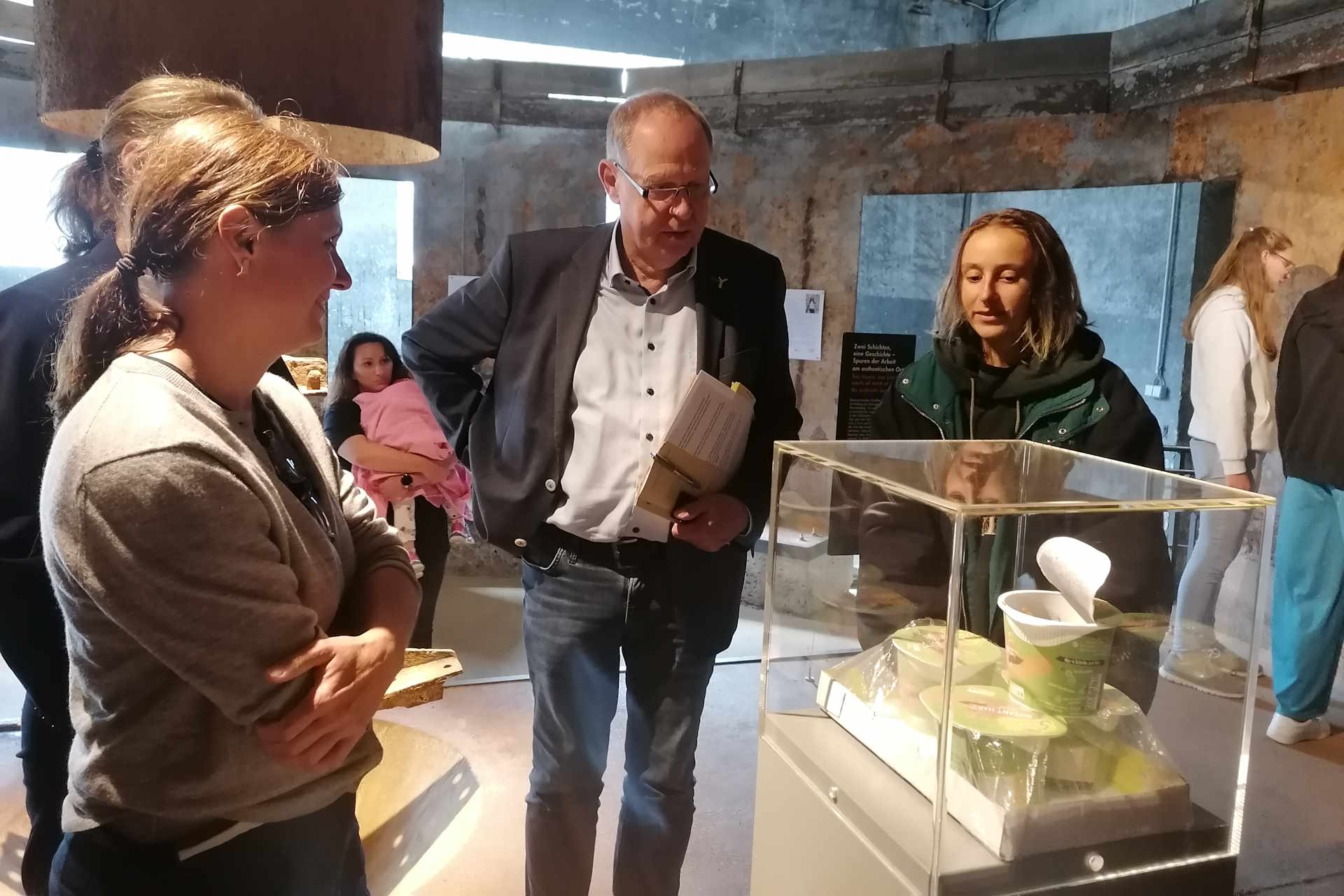The sustainable safeguarding of World Heritage can only be achieved by mobilising current and future civil society. The focus of this project was on young people as actors with the potential to look forward and shape the future. This makes young people the most important target group when it comes to the sustainable implementation of the goals, content and values of the World Heritage Convention.
In order to reach out to young people, we involved students from different types of schools and various countries to participate in the project. Members of the UNESCO Associated School Network were identified as particularly relevant, as the project provided an opportunity to find innovative and creative ways to engage with World Heritage. Other interested schools nearby World Heritage Sites also joined the project.
A second important target group was the teaching staff. Teachers are the mediators of education and therefore crucial for any form of sustainable knowledge development and its sustainable transmission.
Communicating the importance of World Heritage for human development requires knowledge about World Heritage itself, of the general framework for its protection and use, and of the challenges to which humanity’s heritage is exposed. It is one of the key focuses of the Institute Heritage Studies to generate this knowledge in a global scientific discourse and to integrate it in educational concepts. But in order to transmit it to young people, we had to find local actors with whom this knowledge could be generated, reflected and conveyed on site and hands-on. Who could be better suited for this than the staff of the World Heritage Sites, the heritage managers and educators themselves. They are the actors who have gained knowledge and experience in the inscription and management of World Heritage Sites and can pass it on. We therefore identified the staff of World Heritage Sites as a third target partner group.
Together, the students, teachers and World Heritage staff formed our international project community with schools and World Heritage actors from five different countries (the Czech Republic, Denmark, Germany, the Netherlands and Poland. This kind of transnational cooperation is also a response to the challenges of the climate crisis, which require joint action across national borders. In this way, the project also incorporated the basic principle of ESD (Education for Sustainable Development) – think globally, act locally.



